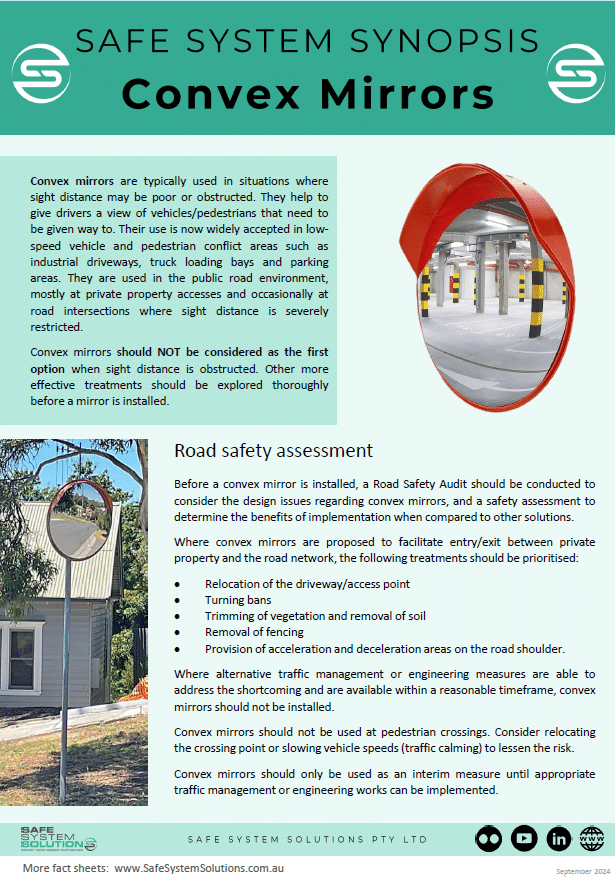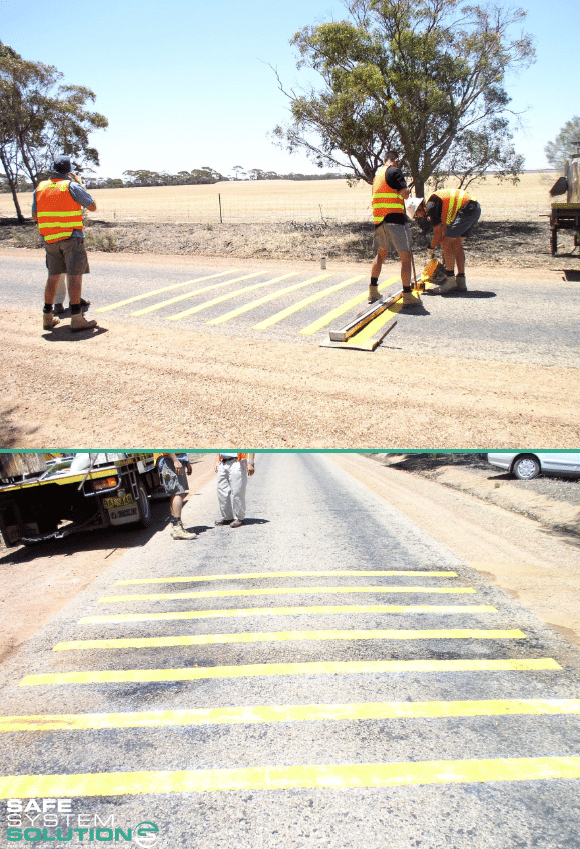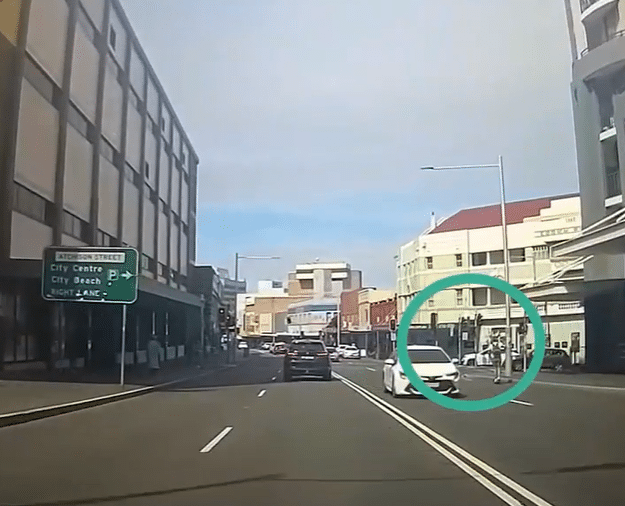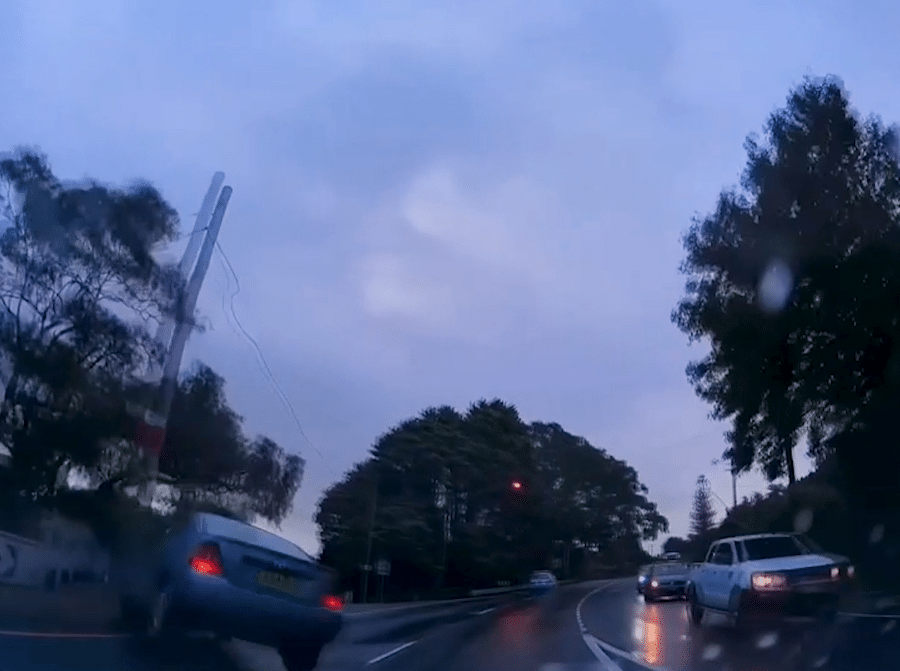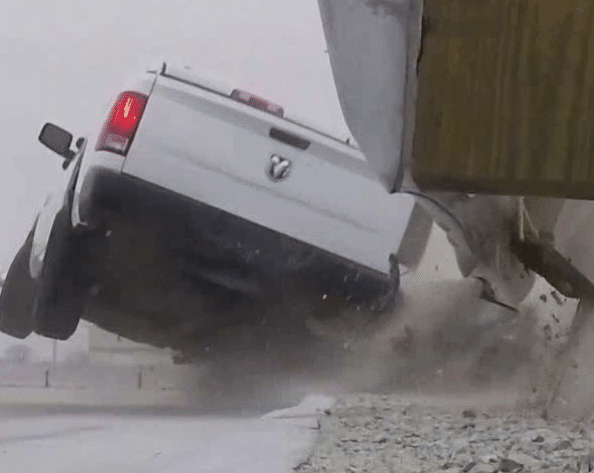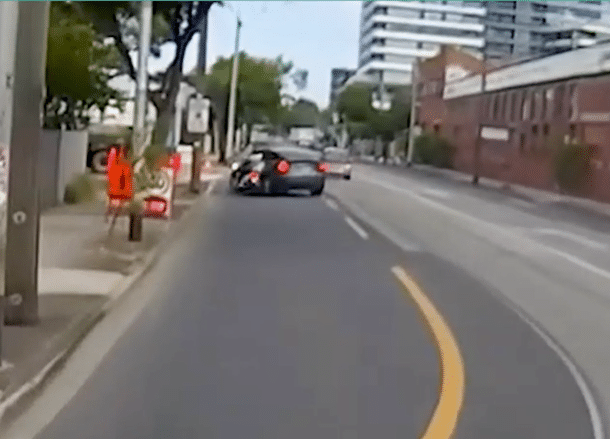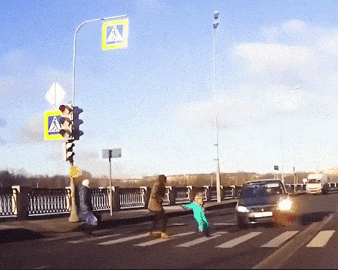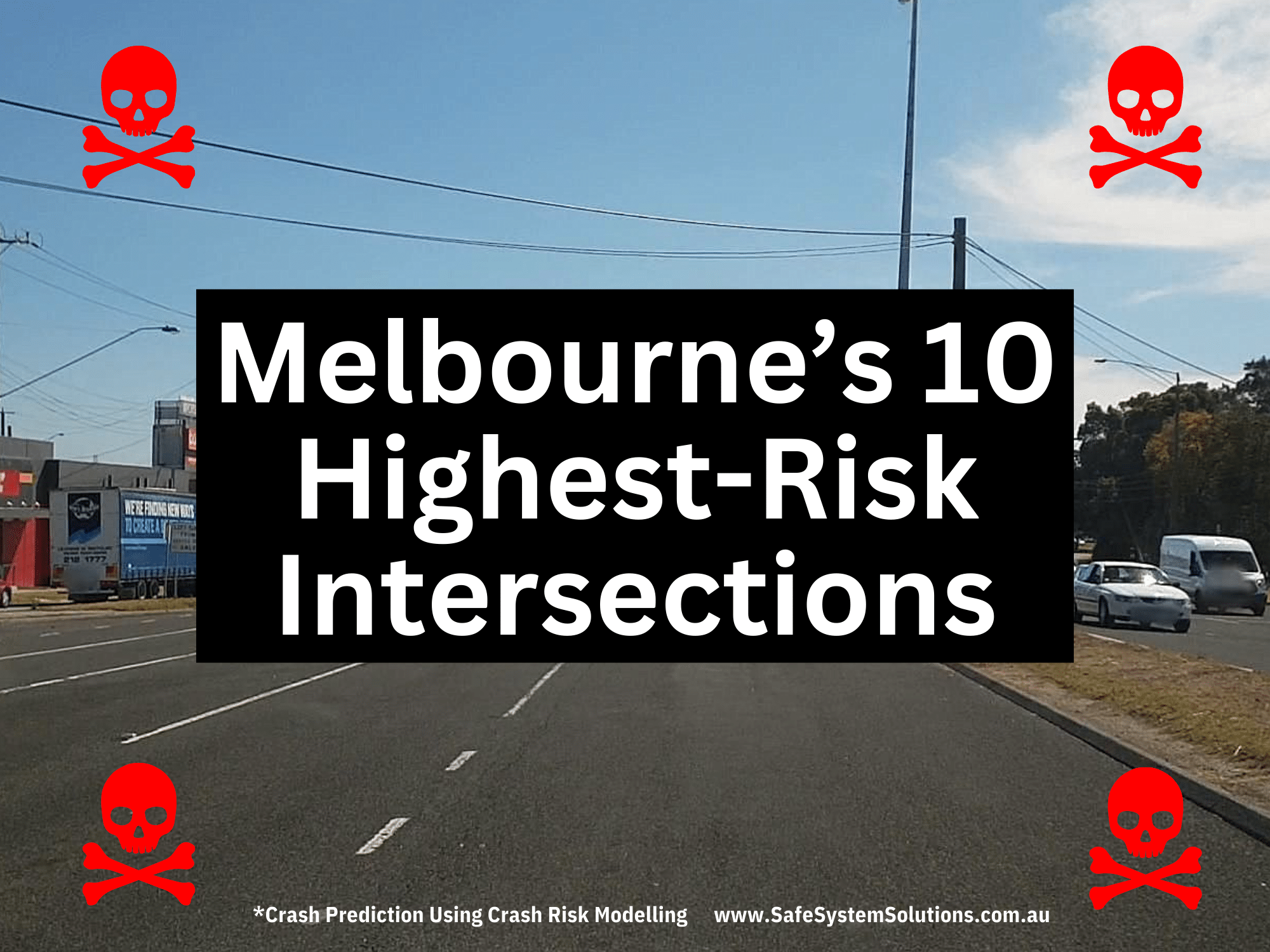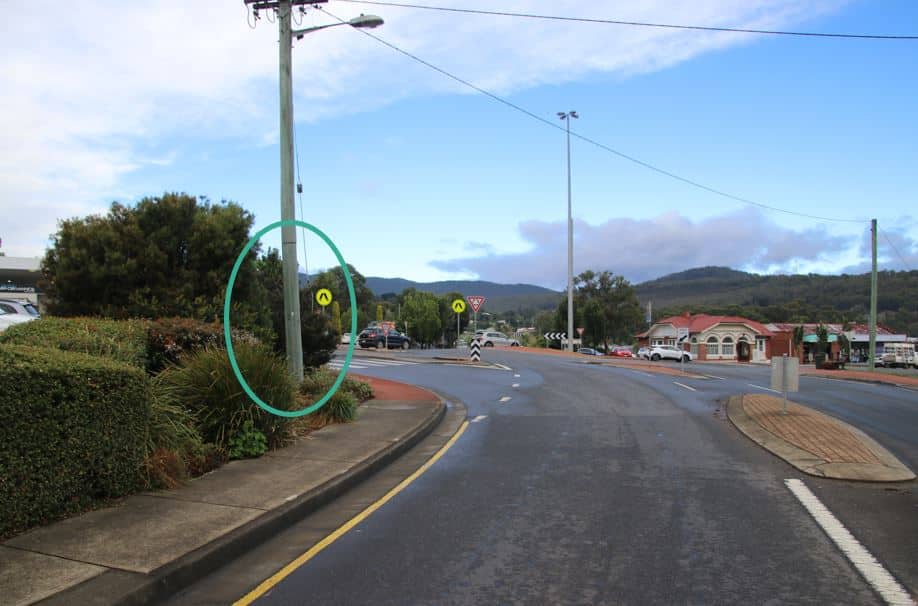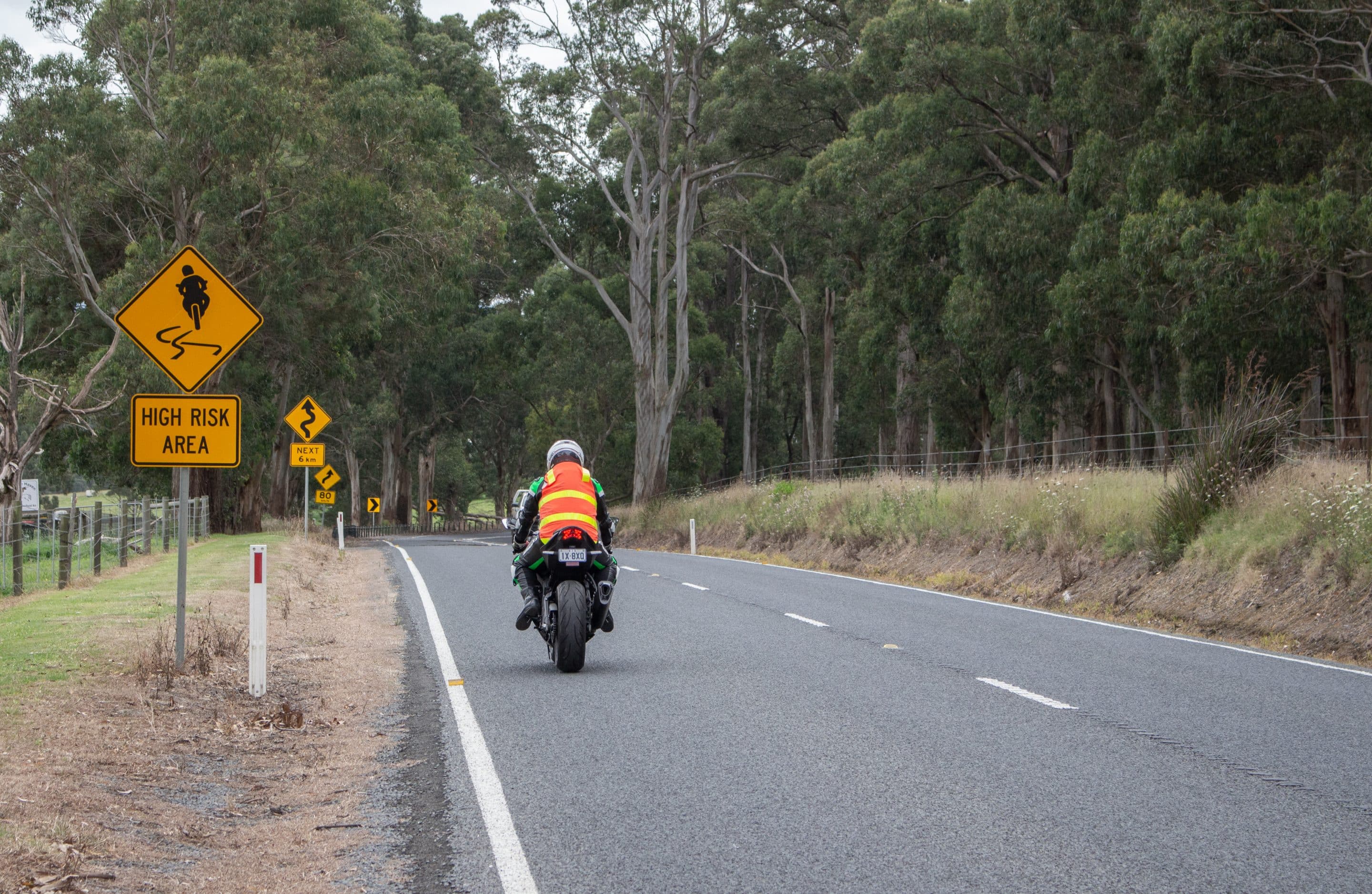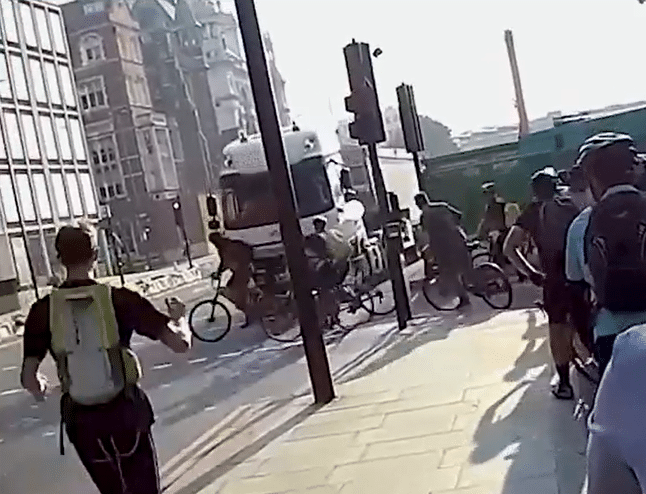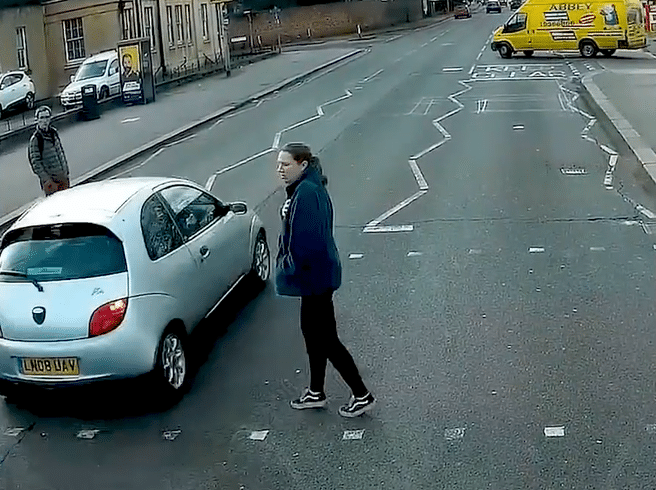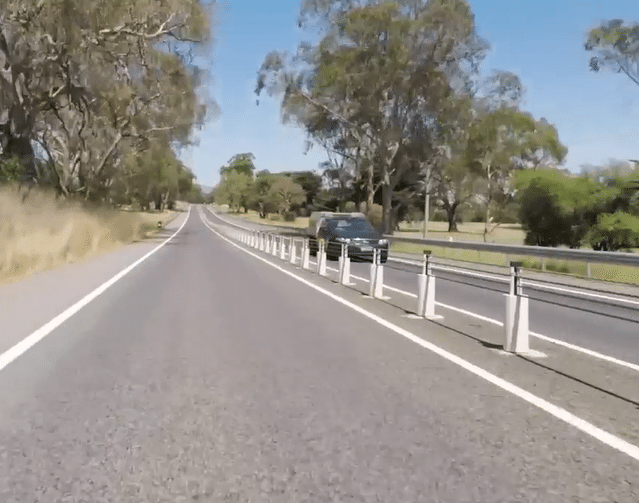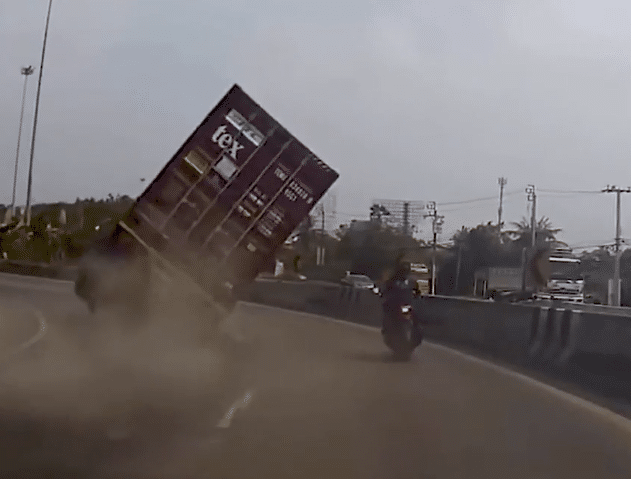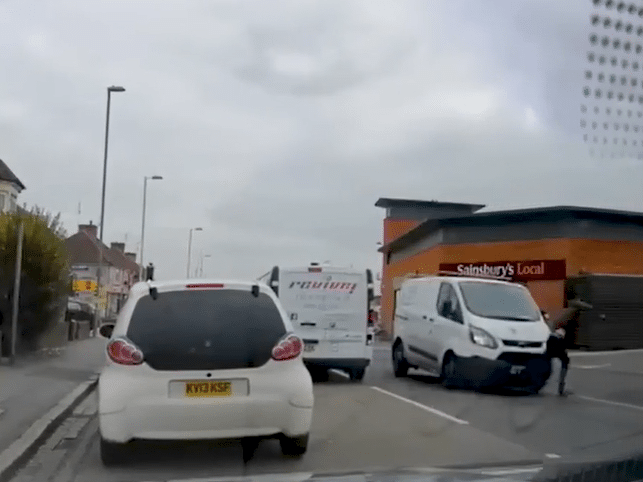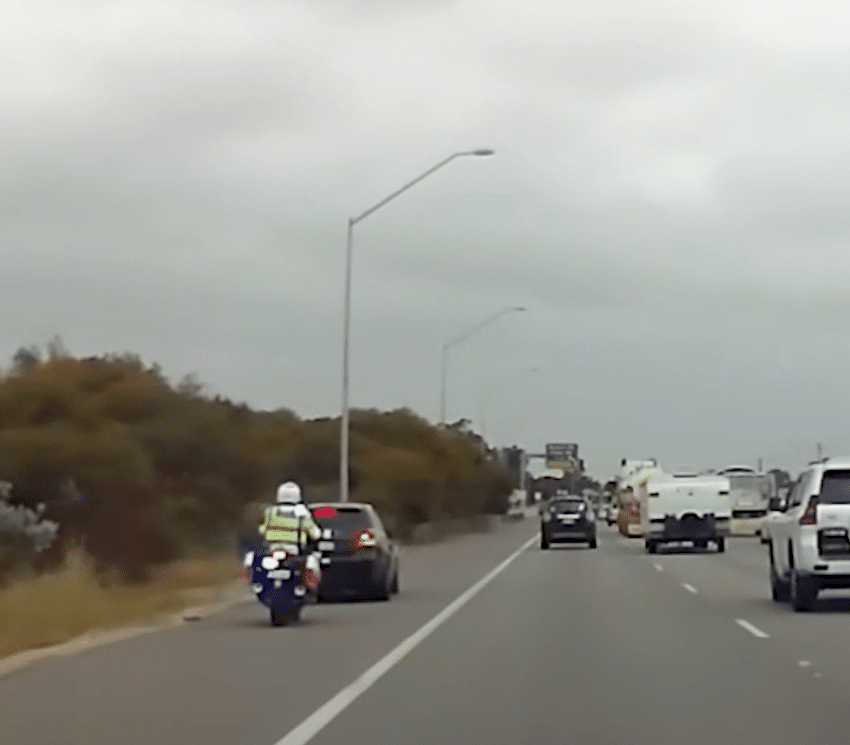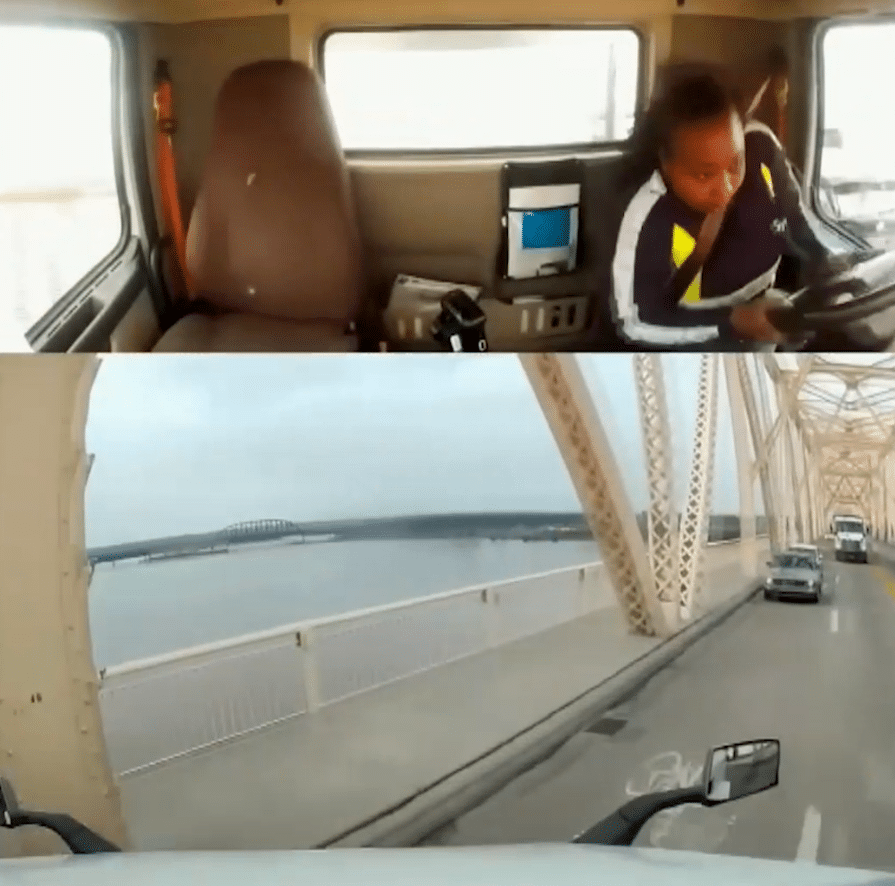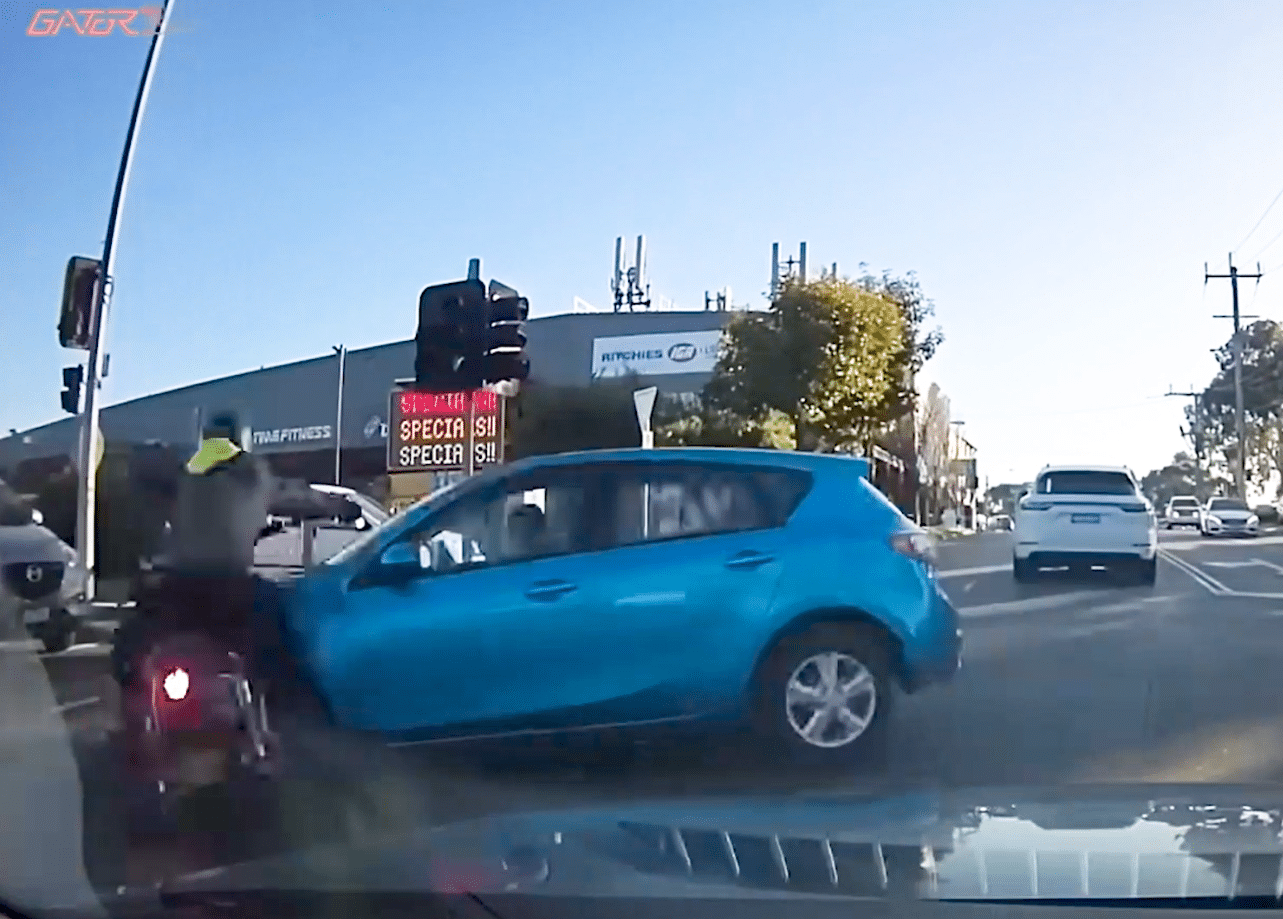Latest News
Safe System Synopsis: Convex mirrors
We often get asked about the effectiveness of convex mirrors and frequently review proposals that include them. There’s a lot of misconceptions out there, so we’ve created a fact sheet to ensure practitioners have the right information at their fingertips. Convex...
Safe System Snippet 395: Transverse rumble strips
Have experience in the design, delivery, or maintenance of transverse rumble strips? Let us know what worked, what didn’t, and anything interesting about your work. Why do we want to know this? In 2022/23, Austroads asked Safe System Solutions and our colleagues at...
Safe System Snippet 394: Complex Urban Environments: Prioritising Safety
Content warning: Video shows footage of a real crash. Many of our urban areas are built around large, traffic-carrying roads that cut through busy activity centres. These environments have significant challenges, especially when it comes to the safety of vulnerable...
Safe System Snippet 393: Utility providers
Almost 40% of deaths and serious injuries in Australia involve a vehicle leaving the road and colliding with a roadside hazard. Of these collisions, the second most common hazards are utility poles (trees being the most common). Unfortunately, safety considerations...
Safe System Snippet 392: Barriers and kerbs
Kerbs play an important role in road/street design, however their proximity to roadside barriers can create challenges. When kerbs are placed near barriers, they can alter the way vehicles interact with barriers, increasing the risk of underride, override, and vehicle...
Safe System Snippet 391: ADAS and motorcycles
While Advanced Driver Assistance Systems (ADAS) improve passenger car safety across many scenarios, they may fail to adequately detect Powered Two Wheelers (PTWs) (motorcyclists) due to their smaller size and potential misjudgement by drivers. This sparked the...
Safe System Snippet 390: Raised crossings
Why are we so passionate about raised crossings? If this video doesn’t say it all, here are a few points: Enhanced Pedestrian Safety: Raised crossings slow down vehicles, reducing the risk and severity of collisions with pedestrians. Improved Visibility: Elevating...
Safe System Snippet 389: Melbourne’s 10 highest-risk intersections
We often see lists of Melbourne’s most dangerous intersections published by insurance companies or auto associations. However, these rankings usually focus on all crashes or even congestion, rather than specifically on Fatal and Serious Injuries (FSI). Additionally,...
Safe System Snippet 388: Sight distance to pedestrian crossings
Sight distance to pedestrian crossings is crucial to allow drivers to see an approaching pedestrian and brake. There should be a clear sight triangle 1.6m back from the pavement edge or kerb line. While we use the 1.6m setback rule for both Pedestrian Crossings and...
Enhanced road maintenance for motorcyclist safety in Victoria
For years, Safe System Solutions has been working with the Victorian Government to improve safety for motorcyclists in Victoria through better road maintenance regimes – and it’s making an impact. Generally, Victorian road maintenance strategies are set with cars and...
Safe System Snippet 387: Trucks and vulnerable road users
Trucks pose a higher risk to vulnerable road users like pedestrians, cyclists, and motorcyclists due to several factors: Size and Weight: Trucks are significantly larger and heavier than cars, leading to more severe consequences in collisions. Limited Visibility:...
Safe System Snippet 386: Signalised crossings
Drivers miss traffic signals. They miss signals at intersections, but they are even more prone to missing them when they are at pedestrian crossings. Why? The road environment often creates and natural avenue effect where drivers vision is focused on the continuation...
Set up for success: training programs provide one-on-one coaching and guidance
Safe System Solutions’ technical training programs are more than just workshops, offering participants one-on-one coaching and guidance from experienced practitioners – and this support doesn’t end when the course does. Whether the training is delivered as live...
Safe System Snippet 385: Median barriers; real infrastructure
Paint won't protect. Real infrastructure is needed for high-speed safety. Flexible road safety median barriers are installed along the centre of the road to prevent head-on crashes, which are one of the most common types of fatal crash. They work by absorbing the...
Safe System Snippet 384: Load Transfer Ratio
Load Transfer Ratio (LTR) is a critical factor in vehicle dynamics, describing how weight shifts between a vehicle's tires during maneuvers like cornering, braking, or accelerating. Managing LTR is essential for maintaining stability on the road. Factors that can...
Safe System Snippet 383: Lower speeds
Mistakes happen. Vehicles going at lower speeds means that people walk away. ------------- Sign up to our mailing list for more snippets and news: https://safesystemsolutions.com.au/subscribe-to-our-monthly-newsletter/
‘Engaging and relevant’: Road Safety Audit course supports safer roads in Kenya
Traffic Engineer, Tony FrankSafe System Solutions is helping to support safer roads and streets in Kenya by empowering a local road safety leader with practical Road Safety Audit skills and knowledge. Nairobi-based traffic engineer, Tony Frank, wanted to deepen his...
Safe System Snippet 382: Deterrence theory
Deterrence theory is the process of influencing drivers to adopt safe practices through the fear of detection and consequences. The key in effective deterrence lies in creating an environment where drivers believe that violating traffic laws will likely lead to swift...
Safe System Snippet 381: Bridge barrier containment levels
This heart stopping video was doing the rounds recently due to the close call for the truck driver. But is anyone else questioning the lack of any barrier system with a decent containment level? In Australia, bridge barrier containment levels are defined by the...
Safe System Snippet 380: Dynamic visual obstruction
Dynamic visual obstruction is the term for when a moving vehicle blocks another vehicle’s sightlines. Motorcyclists are highly susceptible to dynamic visual obstruction crashes due to their small size and their propensity to be masked by other vehicles on the road...

